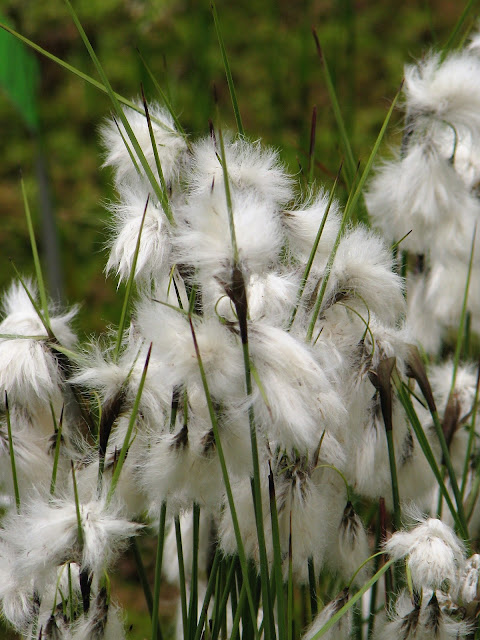Grasses grow on every continent in the world and can be found in a variety of habitats from prairies and tropical savannas to the Arctic tundra and woodland forests. It is estimated that there are more than 13,000 different types of grasses and according to the Smithsonian, identifying all of them is still a work in progress. One of these grasses is tall cottongrass which Native American communities found several uses for from medicinal to practical.
About Common Cottongrass
Eriophorum angustifolium or common cottongrass is found across the Northern United States and Canada. It is a creeping perennial that spreads extensively once it is established. Ir flowers in early April or May, the small blooms are small brown and green flowers that develop distinctive white cotton-like heads that resemble tufts of cotton. This grass grows from a rhizomatous rootstock and produces up to 20 culms in suitable conditions. It also grows from seed over a five-year period. It can be found in peat bogs, meadows, marches, and tundras. It thrives around pond margins and in acidic soil. It also grows well in clay soils and is quite invasive. Common cottongrass is hardy and can grow in cold, temperate, subarctic, and arctic regions.
Edible Uses
Many Native American communities harvested young stems and roots and ate them cooked or raw. The seeds are edible and used in traditional Native American cuisine. Eskimos ate the seeds and dried leaves and stems with seal oil.
Medicinal Uses
The leaves and roots are astringent and many Native American communities used them as a treatment for diarrhea. The Yupik of Alaska made a poultice of the seeds to treat wounds and gastrointestinal issues. The Eskimos would give raw stems to those in poor health to restore them to good health. The Ojibwa used the tops of this grass to help stop a cut or wound from bleeding. The Eskimos made a poultice from the plant to absorb pus from a wound and to stop eyes from watering.
Did You Know...
The cotton-like seed hairs are used to make candle wicks.
The cotton seed heads were used to stuff bedding.
The dried leaves and stems were woven into soft mats that could be used as coverings.
The Cherokee called this grass "rabbit tail."



No comments:
Post a Comment